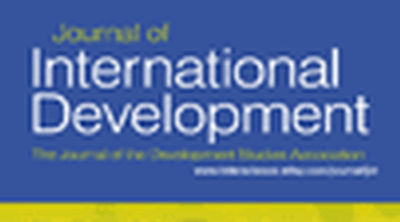On the mechanics of microfinance
Micro-entrepreneurs in developing countries face a number of constraints on business growth. Lack of access to capital has received a lot of attention amongst donors and practitioners, as witnessed by the rise of the microfinance movement. But while there is a lot of optimism about the power of finance for small scale business development, research demonstrates that success cannot be taken for granted. In order to optimize the impact of microfinance, it is clearly important for governments and donors to understand the factors that determine its success and failure. From the viewpoint of microfinance institutions (MFIs), it is also important to gain a better understanding of the factors that determine whether clients stay in the loan program or drop out.
The ambition of the project is to dig deeper into the mechanisms of microfinance, starting with the individual's motivation for seeking a loan in a microfinance institution (entry decision), to how groups are formed (group formation) to the importance of social capital on the functioning of groups (group dynamics), and ultimately to the effects on micro enterprise development (business outcomes).
The project is a collaboration between CMI, the Institute for Research in Economics and Business Administration at the Norwegian School of Economics and Business Administration, and the University of Dar Es Salaam.







